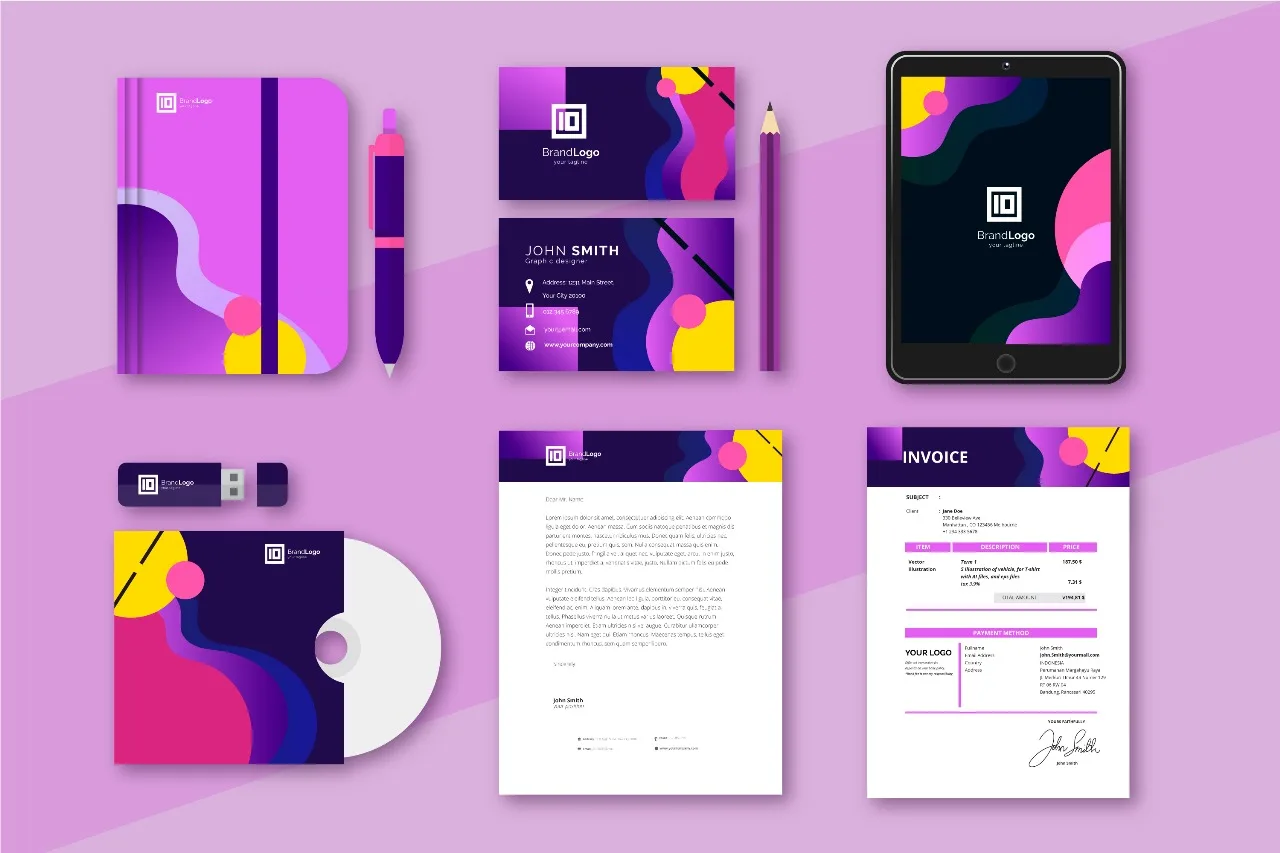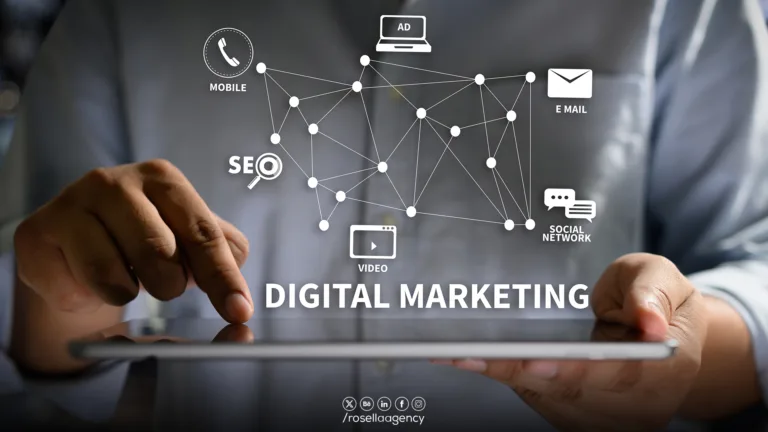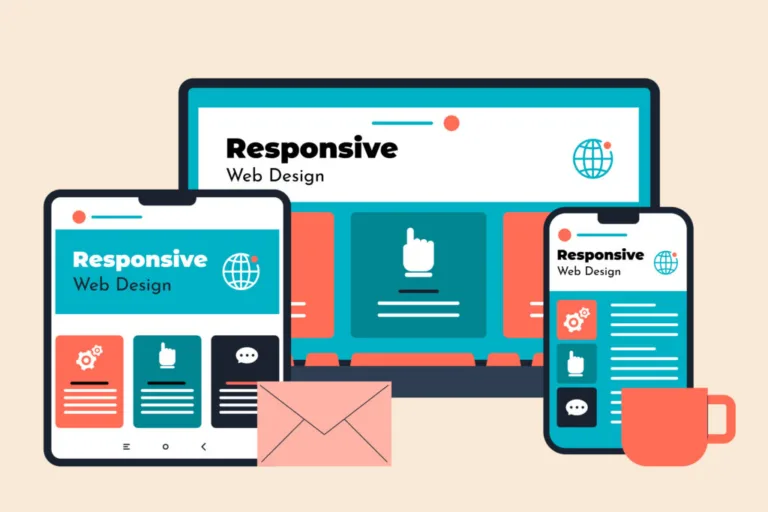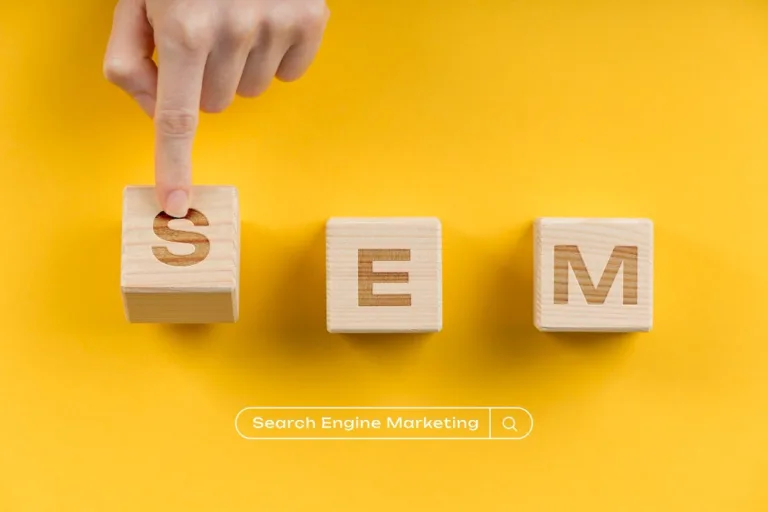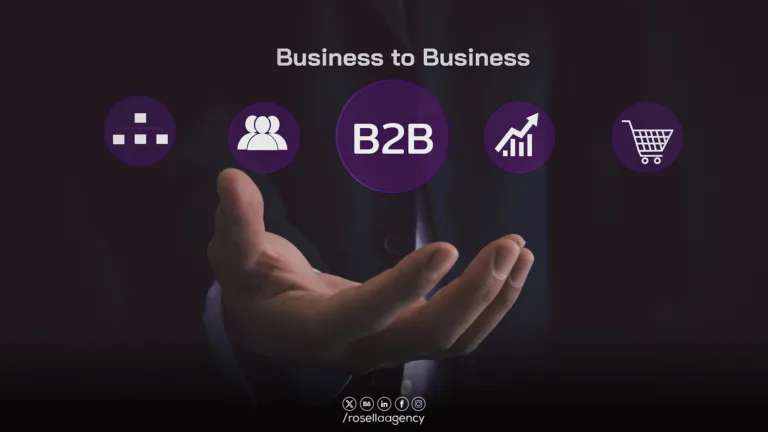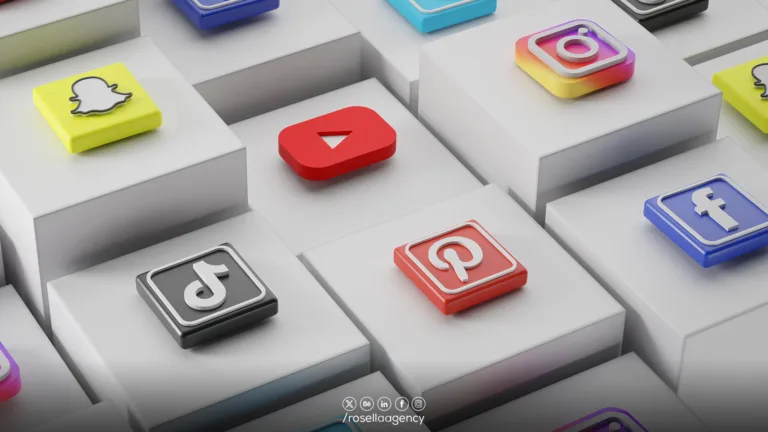Some are still confusing the visual identity with the entire brand identity. First of all, visual identity is a core part of any brand identity, yet brand identity contains non-visual aspects like the brand’s tone of voice, for example, which means how this brand speaks to the target audience; if your products target women, the tone of the voice should tend to be subtle, and if your products are targeting men, then the tone of voice should tend to be harsh and daring.
The tone of voice is chosen according to the personality of your brand, and is also one of the core elements of the brand identity, yet it’s a completely non-visual aspect, as are the name of your company, its story, products, and services. And this is, in a simple way to explain it, how to distinguish between the brand identity as a whole and the visual identity as a single part of it.
What does a brand identity mean?
A brand identity is a group of components that shape a brand’s personality, appearance, and behavior. Brand identity contains tangible and intangible, visual and non-visual elements, including the company’s history, name, products and services, and the company’s visual identity.
In order to understand your company’s identity more, imagine that it’s a real person. This person is a combination of things that distinguish him from others. If you see him from a distance, you can recognize him by his form. You can recognize him from his voice, the way he writes, how he expresses himself, and his style of clothing.
As well as his first name, his family name, history and origins, his values and beliefs, his body form, and the way he treats others. This is exactly how a brand identity works: a name, a story, specific colors, designs with a distinguished style, a distinctive way of speaking to the target audience, and a range of services or products this brand provides.
What are the brand identity elements?
Brand identity includes everything that distinguishes it visually and non-visually:
- Brand name.
- Brand story.
- Brand personality.
- Products and services.
- Verbal identity.
- Visual identity: And this one we’ll present in detail.
What is a visual identity?
Visual identity is a group of graphic elements that represent a specific brand and introduce it to the public, including the logo, color palette, printed items, photos, and designs.
Here are the visual identity elements:
- Company logo

- Colors palette

- Photographs

- The font style
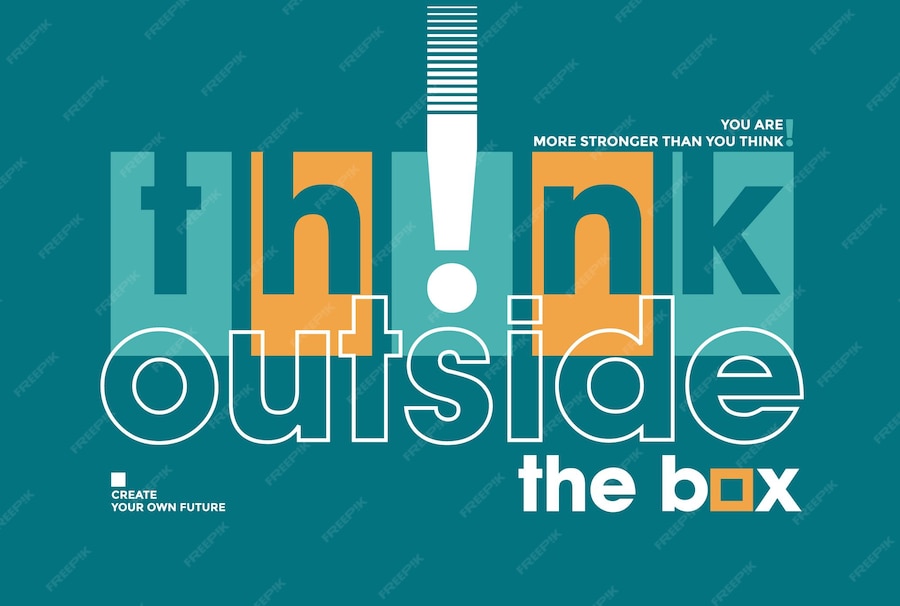
- Graphic shapes, including:
- Icons

- The brand pattern design, like those shapes drawn in the background of WhatsApp conversations; this is the brand pattern of WhatsApp.
- Company prints, including business cards, envelopes, and company letterhead.
- Graphic designs, such as social media images, and the company’s website design.
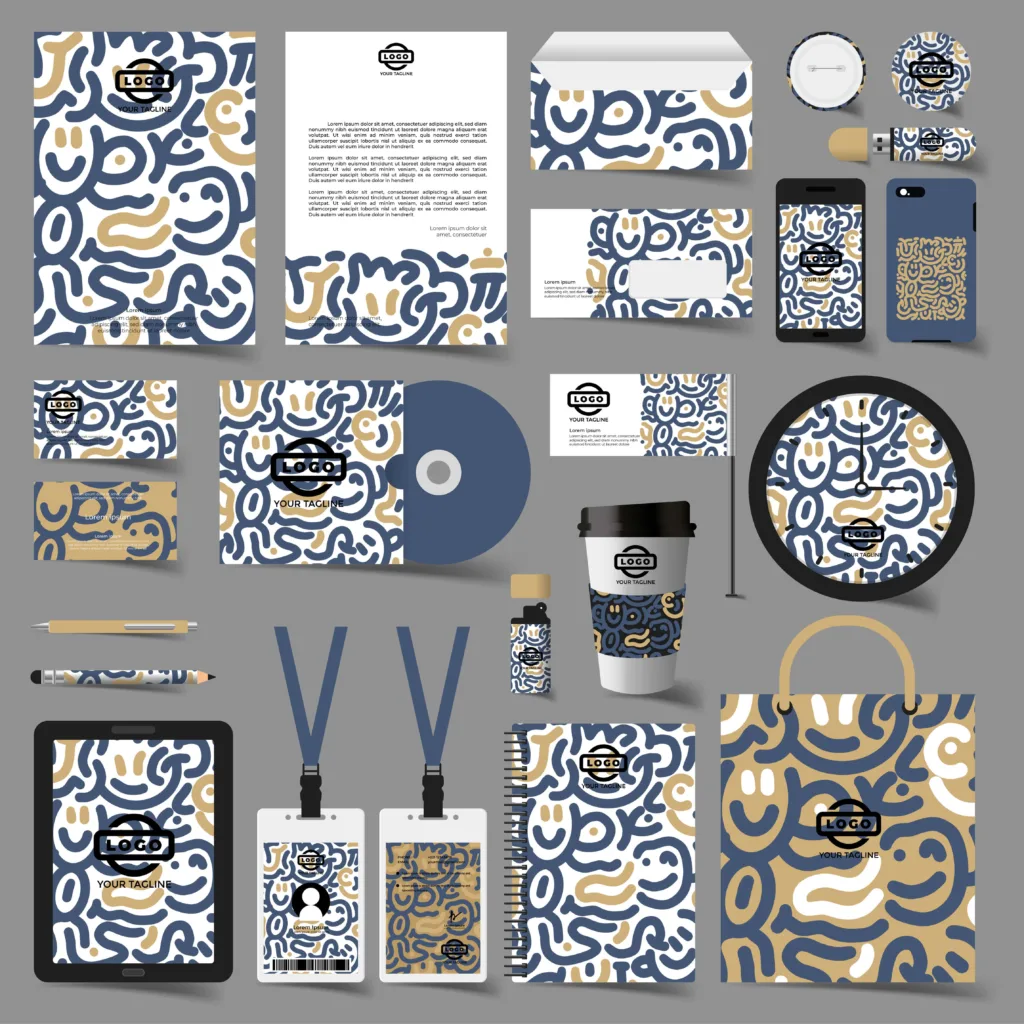
How significant is a visual identity for any brand?
1- For the audience to recognize your products once they see them and distinguish them from competitors’ products:
A distinctive visual identity helps your audience distinguish your products from the rest, especially if they have had a good experience with your products. It will create a positive association for them just by seeing them, and some of them may repurchase them.
Your audience should be able to recognize your brand and your products once they see them, and you shouldn’t be afraid to pick unusual colors for your brand palette, as long as they align with your brand’s personality and values and resonate with your target consumers.
2- For enhancing credibility and trust in your company, products, and services:
Do you remember the impression you had about a certain brand just because of their poor graphic designs or low packaging quality? A professional and consistent visual identity can make a significant impact and convey valuable impressions to your audience about your brand. It also makes the brand more recognizable and helps you build its credibility.
3- For creating an emotional bond between your brand and your audience:
A strong visual identity can evoke emotions in a brand’s customers and stakeholders. By choosing a color palette, typography, and images that align with your brand values and personality, you can create a deeper emotional bond with your audience that must also be supported by the big value your products add and customer service that really cares.
What‘s the psychological effect your visual identity has?
The color of a brand or product often determines the first impression a consumer has of it. Certain colors (e.g., black as luxurious) are associated with certain feelings in the consumer. As a result, their perception of your brand is influenced by color associations, as well as their evaluation of your brand and their purchasing decisions.
- Up to 90% of an initial impression comes from color.
- Color can increase brand awareness and recognition by 80%.
- 93% of consumers make purchasing decisions based on visuals alone.
And here are 3 live experiences for how to design a visual identity:
- Kevin Kaminyar, CEO of the creative agency Yellow Tree Marketing, used color psychology to better target his audience. “I asked [my clients] what popped into their heads when they looked at different colors, and yellow was overwhelmingly positive. They brought up kindness, warmth, and empathy —and that aligned with my brand,” Kaminyar says of his process to create branding for his business.
- Dan Antonelli, who runs marketing agency Kickcharge, looks to competitors for inspiration: “We use a more research-driven approach about the use of color that’s already in the market.” Using colors rivals have not chosen can help you stand out and increase brand awareness.
- Creative director Hillary Weiss suggests thinking outside the traditional color wheel: “When we think of color psychology, people say I’m going to be a calm brand, so I’m going to use green. Or I want to be high-end, so I’m going to use black. I’m a big fan of subverting those expectations.” Weiss uses a colorful trio of red, blue, and yellow to establish her innovative and unique brand identity.
These are three approaches to how to choose your brand’s visual identity and its colors. You can follow one of them or come up with a new approach, take the risk, and see how it affects your audience.
Regardless of what you choose, you’ll definitely need a professional team to build the brand’s visual identity, like Rosella Agency. Rosella team will lay the foundation for your entire identity success and bring years of expertise to the table to get the most out of colors that tell your brand story, shape its identity, and attract your audience.
Take the first steps in designing your company’s visual identity. Contact Rosella team now.
Sources
- What Is a Visual Identity and Why Does It Play a Crucial Role in Branding? By JULIAN OPPELT, on May 23, 2023, on TheBrandingJournal.com.
- The Power of a Strong Brand Identity: Definition, Importance, and Key Elements, by MARION ANDRIVET, on March 29, 2023, on TheBrandingJournal.com.
- Color Psychology: How To Use it in Marketing and Branding, by Bailey Maybray, on July 11, 2023, on hubspot.com.
